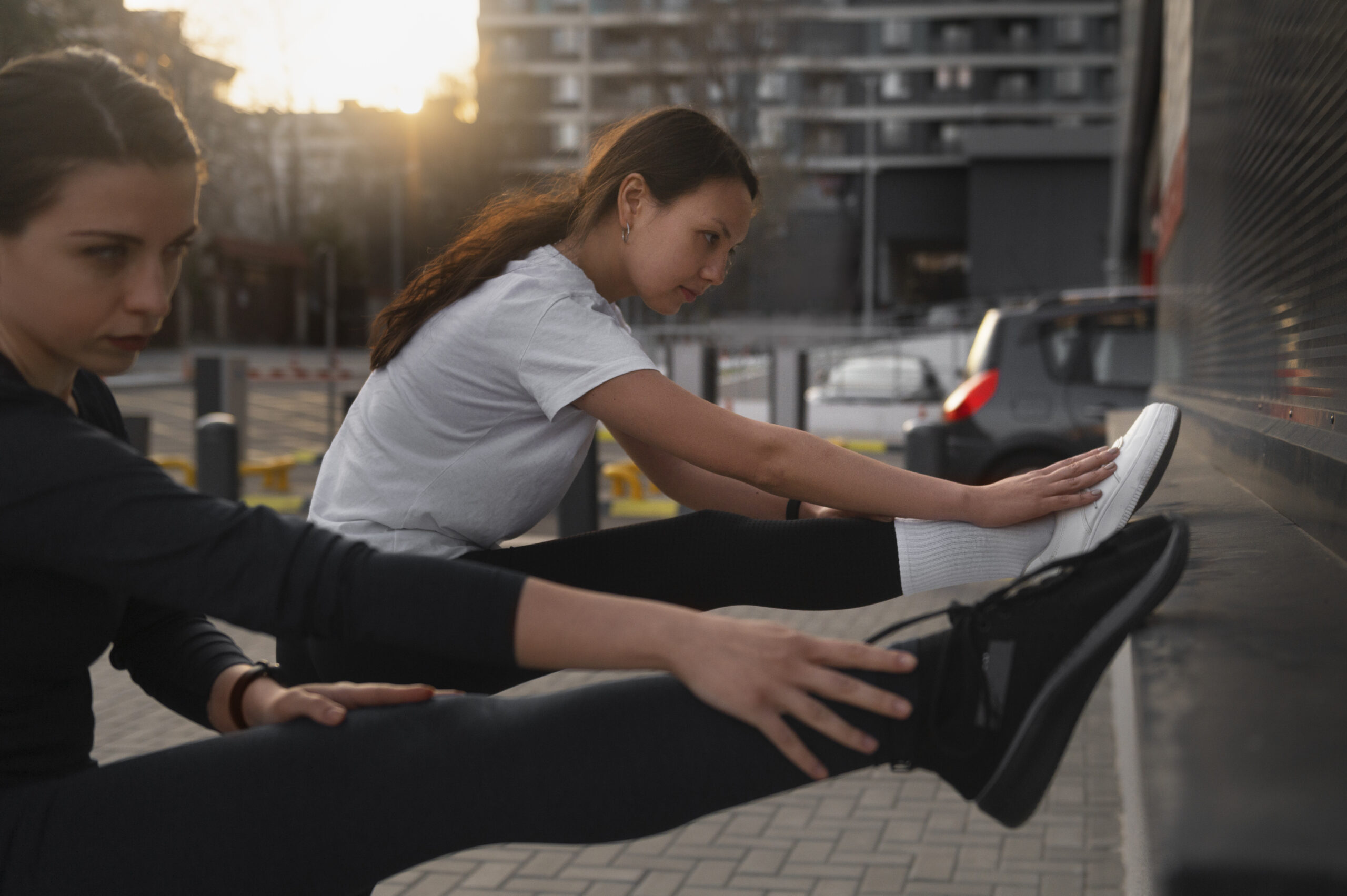Our bodies are designed to move, but modern lifestyles often keep us sitting for hours, leading to stiffness and limited range of motion. Mobility training focuses on improving the active movement of your joints, helping you move freely and with control.
While flexibility is about muscle length, mobility emphasizes how well your joints function through their full range of motion hips, shoulders, spine and more. Without good mobility, even the most flexible muscles can’t work effectively.
Why Mobility Training Matters
Proper mobility is the foundation of everyday movement from reaching for a glass on a high shelf to sprinting on the sports field. When your joints move fluidly:
- Daily tasks feel easier
- Athletic performance improves
- The risk of injury decreases
According to the American Council on Exercise (ACE), consistent mobility training can reduce injury risk by up to 37% and improve functional movement by over 20% (ACE Fit Fact Sheet, 2023).
Flexibility vs. Mobility: What’s the Difference?
Flexibility is the ability to lengthen a muscle, while mobility is the ability to move a joint through its full range with control.
For example:
- If you can touch your toes lying down but can’t do it while standing, the issue is likely mobility, not flexibility.
Mobility training often includes controlled joint movements and resistance, targeting both muscles and joints for better long-term results.
Benefits of Mobility Training
Science-backed benefits include:
- Supporting better posture
- Boosting athletic performance and coordination
- Reducing the risk of soft tissue injuries
- Enhancing body awareness and mind-body connection
A 2021 Journal of Athletic Training study found that athletes who included mobility exercises in their routines experienced a 30% drop in soft tissue injuries.
Easy Mobility Exercises for Everyone
You don’t need to be an athlete to improve mobility. Try these simple daily exercises:
- Hip Circles – Start small and increase your range to lubricate the joint.
- Thoracic Rotations – Keep hips forward while rotating your upper body.
- Ankle Alphabet – Trace letters with your toes to improve ankle mobility.
- Cat-Cow Stretch – Alternate arching and rounding your back to loosen the spine.
- Shoulder Rolls – Release tension and improve upper body movement.
The National Institutes of Health (NIH) recommends combining mobility and flexibility sessions for the best long-term results.
Tips for Improving Joint Mobility
- Be consistent – Gentle daily practice works best.
- Focus on form – Slow, controlled movement prevents strain.
- Warm up first – Prepare muscles and joints with light movement.
- Breathe deeply – Coordinate breath with movement to relax and increase range.
- Avoid forcing the end range – Gradually expand your capacity.
Personalized Mobility Training at 5 Elements Therapy
Everybody’s age is unique, lifestyle and fitness level all impact your movement needs. At 5 Elements Therapy in Milton, Ontario, mobility coaches design personalized programs to help you:
- Prevent injuries
- Improve athletic performance
- Regain functional movement after injury
Many clients combine Thai massage with mobility sessions for even greater results, based on the 5 Elements Theory of balance and harmony.
Mobility for Athletes and Active Individuals
Athletes often face repetitive stress on their joints. Mobility training for sports focuses on:
- Increasing agility and range of motion
- Improving technique for sport-specific skills
- Reducing risk of strains, pulls, and sprains
Active warm-ups, targeted joint drills, and restorative exercises protect long-term performance.
Join a Flexibility and Movement Class
Group mobility classes provide expert coaching, social motivation, and a supportive environment. Sessions may include:
- Flow-based mobility routines
- Functional drills for daily life
- Injury prevention strategies
- Mindful movement techniques
Injury Prevention: Stay Active, Stay Safe
The best time to address movement limitations is before they cause injury. Injury prevention mobility training helps you:
- Spot imbalances early
- Build strength and stability gradually
- Incorporate recovery-focused mobility drills
Think of it as an investment in your future health.



